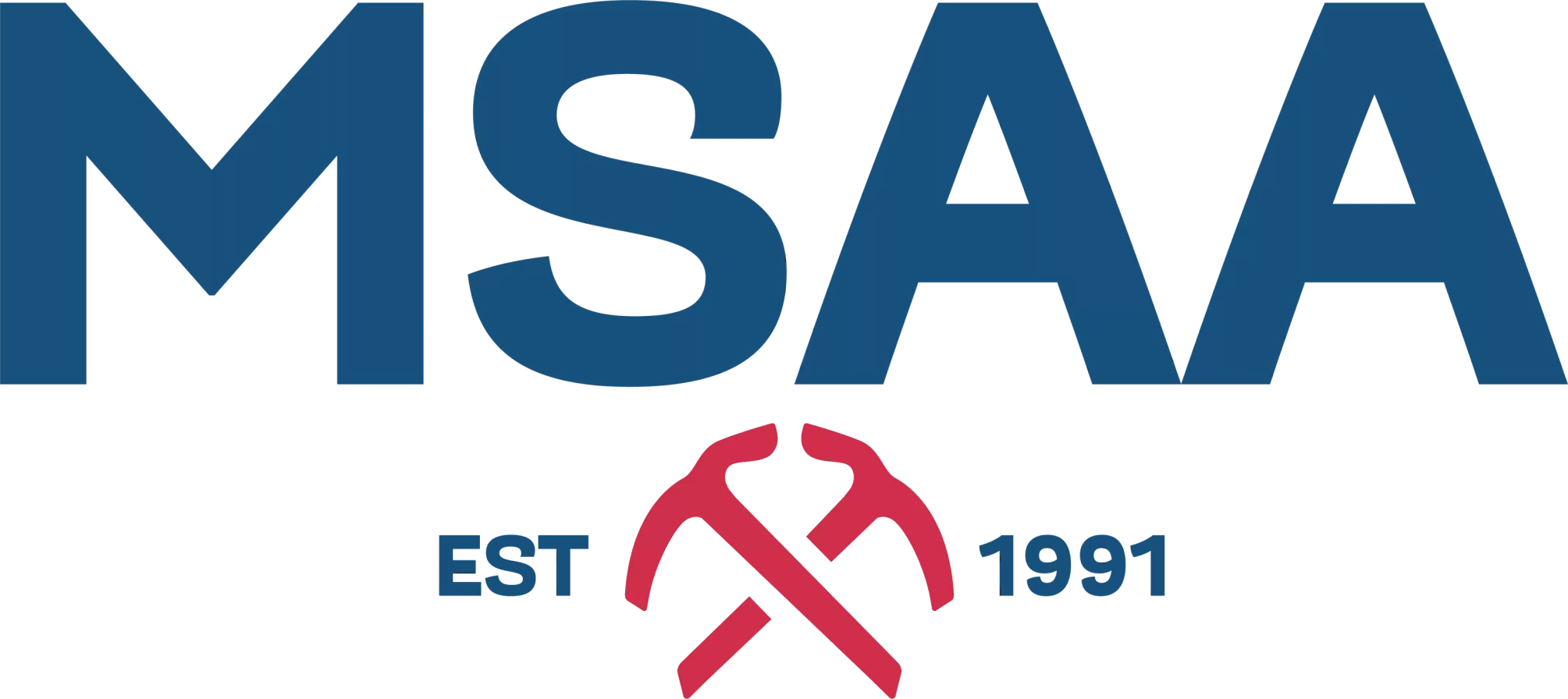When driving around looking for a particular street address, do you find yourself watching the smartphone screen instead of the number on the houses? With the trusty Google Maps app (or the proprietary equivalent), progress is measured by the little pulsing blue dot approaching the flagged pin, it’s only when the two are almost touching that people begin to observe their surroundings for clues their destination. Siri, that soothing voice of Apple devices, can even talk you through it all. The item that’s missing in cars and backpacks alike is the good old paper map.
Most of us are old enough to remember how to get there the old-fashioned way, back when every car had a published city street directory stowed under the seat or in the glove compartment. Even a simple map of a city grid required some level of directional sense to figure out 1) where you were, and 2) which direction you needed to be driving. While it’s incredibly easy to just plug in the address and follow the blue route on the phone or GPS when out driving to unfamiliar destinations, the simple exercise of observation, navigation and route-finding is being lost in our everyday lives.

When heading into the backcountry, the technology that alleviates the stress of driving while route finding can be helpful, but can also hamper the situation. A phone should always be with you in your backpack, but should be more of a last resort for calling in emergencies. Even that can depend on whether you have a signal or not. Smartphones also drain batteries quicker than the old phones that were just used for calls and texts. If you’re looking to stay in touch while off the grid, consider purchasing a satellite communicator.
The piece of gear that’s often forgotten is a foldable, paper backcountry map. A compass is the preferred companion device, but bearings can usually be found by a digital compass on altimeter-barometer-compass watches and yes, even on your smartphone. When travelling well-trodden paths, the number of people and tracks in the winter can give the impression getting in and out safely is easy. Parties that get stranded often end up having to call for rescue and dig in for the night because weather came in and they couldn’t figure out their exact location which direction they needed to be going. Such a situation that could be prevented if one member of the party brought a map with them and had the skills to use it effectively.

Reading maps does take some training and practice to recognize contours and terrain features, but it’s a necessary set of skills if you want to travel more than one ridge away from the safety of the resort or the trail head. Getting together with your party the night before, spreading the map out over the coffee table and planning the route should be an integral part of trip preparation whenever heading into unfamiliar territory. And remember, just because friends have shown you the area before, it doesn’t necessarily make you familiar with the area.
Never had the training on reading topographical maps or you just need a refresher? Check out our two-day Mountain Navigation course (available in both Squamish and Whistler) that covers objectives, weather, conditions, avalanche hazard, mountain hazards, terrain and full white-out navigation plan. And if you still don’t own any maps, start your collection before the next time you head into the backcountry.
Learn about training courses at the academy:
- Avalanche Awareness
- Avalanche Transceiver Use
- Companion Crevasse rescue kit training
- Pre-trip planning and preparation
- Climbing rescue course
- Winter navigation (GPS, map, compass, altimeter use) and route planning
- Level 1 avalanche course also known as the AST 1 course
- AST 2 course also known as the AST 2 course
- Avalanche training
- Wilderness First Aid
- Mountaineering course
- Ice climbing tours
- Avalanche course
- Backcountry skiing tours
- VIP Backcountry tours
- Heli Drops 🙂
- Backcountry ski guides
For further information about our backcountry tours please contact Mountain Skills Academy!
